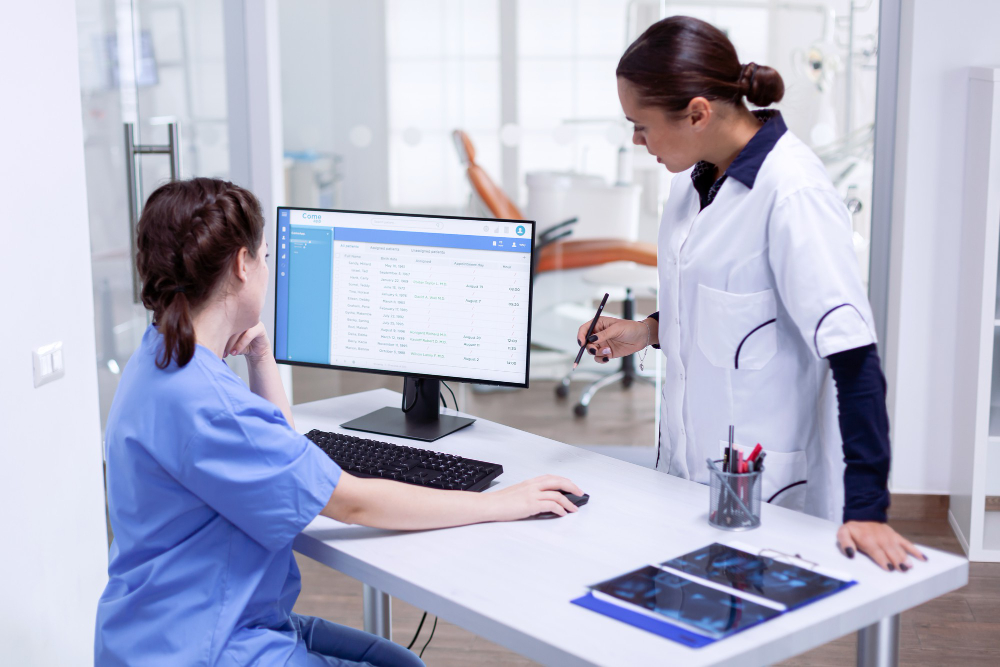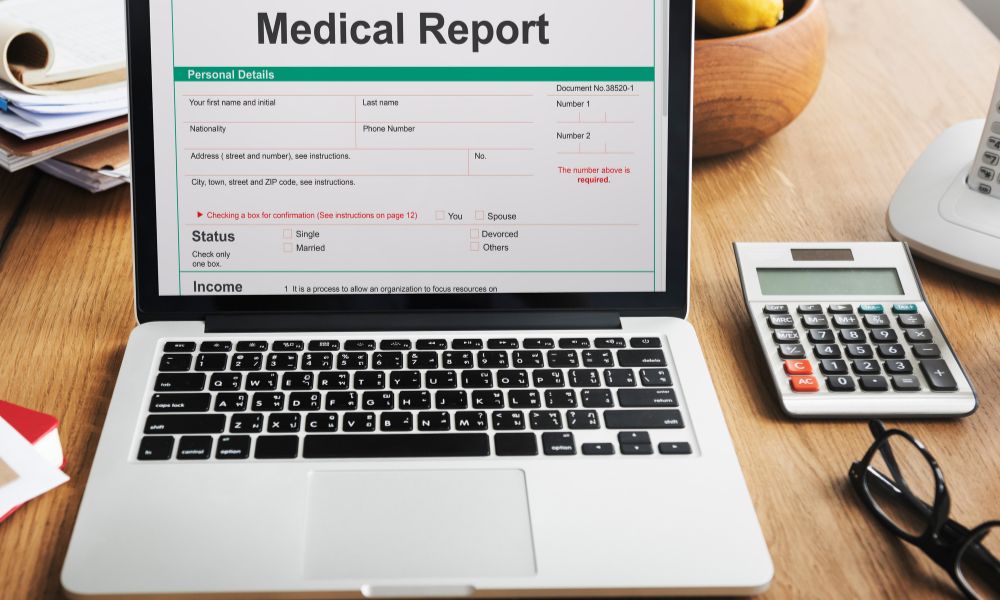Imagine stepping into the shoes of healthcare professionals. Behind every patient’s smile, every successful treatment, and every comforting word, there lies an intricate dance of protocols, teamwork, and constant learning. An essential step in this dance? You guessed it: incident reporting in healthcare.
In this post, we’ll dive into a world where every challenge is an opportunity for growth, every reported incident is a stepping stone to better patient care. So, let’s explore ways to enhance healthcare incident management strategies, shall we?
What Exactly is Incident Reporting in Healthcare?
When we talk about incident reporting in healthcare, think of it as a safety net. It catches unforeseen problems before they can escalate.
This system is designed for medical professionals to detail any unexpected events or errors that could, or have, led to harm in a patient’s care. Whether it’s a miscommunication between departments, a missed dosage, or an equipment malfunction, these reports highlight them all.
But why is this so vital? For starters, healthcare isn’t just about curing ailments. It’s also about trust. Patients trust their healthcare providers with their well-being. And part of maintaining that trust is ensuring transparency and continuous improvement. That’s where incident reporting steps in. Not as a tool of retribution, but as a means to enhance and uplift the quality of care provided.
The Importance of a Robust Incident Reporting System
Imagine a world where mistakes happen, but nobody talks about them. Troubling, isn’t it? Now, switch back to the realm of healthcare. The importance of incident reporting in healthcare goes beyond just rectifying errors; it’s about cultivating a system that prioritizes open communication.
Every report filed serves as a lesson. When analyzed collectively, these lessons offer a treasure trove of insights about where potential pitfalls lie.
For example, if multiple reports indicate a specific machine malfunctions frequently, it’s clear that the equipment either needs fixing or replacing. Or, if a certain procedure consistently leads to complications, it might be time to revise the protocol.
Beyond the physical aspects, these reports also shed light on the human side of things. Are staff members overworked? Is there a need for additional training in certain departments? By addressing these core issues, healthcare organizations can achieve two vital goals: ensuring the safety of patients and enhancing the work environment for their staff.
Incident Reporting in Healthcare: Current Challenges
The journey to a transparent and efficient incident reporting system is often filled with hurdles. One of the foremost challenges is the fear of backlash. In many settings, professionals hesitate to report incidents, worried they’ll be reprimanded or blamed. This fear is counterproductive. For the system to work, staff members need to feel safe and supported when reporting incidents.
Then there’s the issue of awareness. While it might sound surprising, not everyone is clear on what constitutes an ‘incident’ worth reporting. If a nurse sees a colleague make a minor error but rectify it immediately, should it still be reported? The answer is ‘yes’. Even small discrepancies can lead to bigger problems if left unchecked.
Additionally, the logistics can be daunting. In some facilities, the process of reporting an incident can be so cumbersome that staff members might avoid it simply to avoid the associated paperwork. That’s why it’s imperative to ensure that the reporting system is as streamlined and user-friendly as possible.
By understanding and addressing these challenges, healthcare organizations can pave the way for a more efficient, transparent, and effective incident reporting system.
Adopting a Proactive Approach
We’ve all heard the adage: “Prevention is better than cure.” This rings true, especially when it comes to incident reporting in healthcare. Instead of merely reacting to situations, what if we could predict and prevent them? That’s the beauty of a proactive approach.
By analyzing data from incident reports, patterns emerge. These patterns can give healthcare facilities a heads-up on recurring problems.
For instance, if there’s a recurring medication error at a specific time of day, maybe it’s because that’s when shifts change, and vital information slips through the cracks. By recognizing such patterns, preventive measures can be set in place, such as better handover protocols.
Furthermore, a proactive approach isn’t just about identifying problems. It’s also about fostering a culture where everyone, from the administrative staff to surgeons, is always on the lookout for potential improvements. Workshops, brainstorming sessions, and continuous training can help create this forward-thinking environment.
Making the Most of Modern Technology
It’s the 21st century, and technology is revolutionizing every aspect of our lives, including healthcare. When talking about enhancing incident reporting in healthcare, modern tech tools can be game-changers.
Imagine a system where a healthcare professional can verbally report an incident, and voice recognition software transcribes and categorizes it automatically. Or think about AI-driven tools that can sift through thousands of reports in minutes, identifying trends and potential areas of concern.
Mobile applications can also simplify the process, allowing staff to quickly report incidents on the go. Notifications, reminders, and real-time dashboards can help managers stay updated on reported incidents and their resolutions.
But it’s not just about simplifying the reporting process. Advanced analytics tools can deep dive into data, providing insights that might not be visible to the naked eye. By harnessing the power of technology, healthcare organizations can not only enhance their reporting systems but also derive actionable strategies from them.
Building a Culture of Transparency and Learning
The true power of incident reporting in healthcare isn’t just in the act of reporting but in what comes afterward. It’s about building a culture where errors and near-misses are viewed as learning opportunities rather than failures.
In such a culture, team meetings don’t just focus on what went wrong. They delve into the “why” and the “how”: why did this incident happen, and how can we prevent it in the future? By fostering an environment of open dialogue, staff members can share their perspectives, leading to more holistic solutions.
It’s also essential to recognize and reward those who consistently contribute to the reporting system. Whether through commendations, small rewards, or even a simple “thank you,” acknowledging their efforts can motivate others to participate actively.
Moreover, this culture isn’t just for internal benefit. Sharing lessons learned, without violating patient privacy, can help other healthcare organizations refine their practices. After all, the ultimate goal is a safer, more efficient healthcare system for all. For more details visit us at https://www.safequal.net/.
Conclusion
All in all, enhancing healthcare incident management strategies isn’t just about implementing a system. It’s about understanding the importance of incident reporting in healthcare, embracing modern technology, and fostering a culture that values transparency and continuous learning.
As the famous saying goes, “The art of medicine consists in amusing the patient while nature cures the disease.” In a similar vein, by adopting a comprehensive incident management strategy, healthcare facilities can ensure that they provide the best care, each time, every time.
Read More:
Unraveling the Nexus: Enterprise Risk Management in Healthcare and Clinical Risk Prediction
The Ultimate Guide to Choosing the Best Incident Management Software
The Importance of Incident Reporting: 10 Reasons Why You Can’t Ignore It






